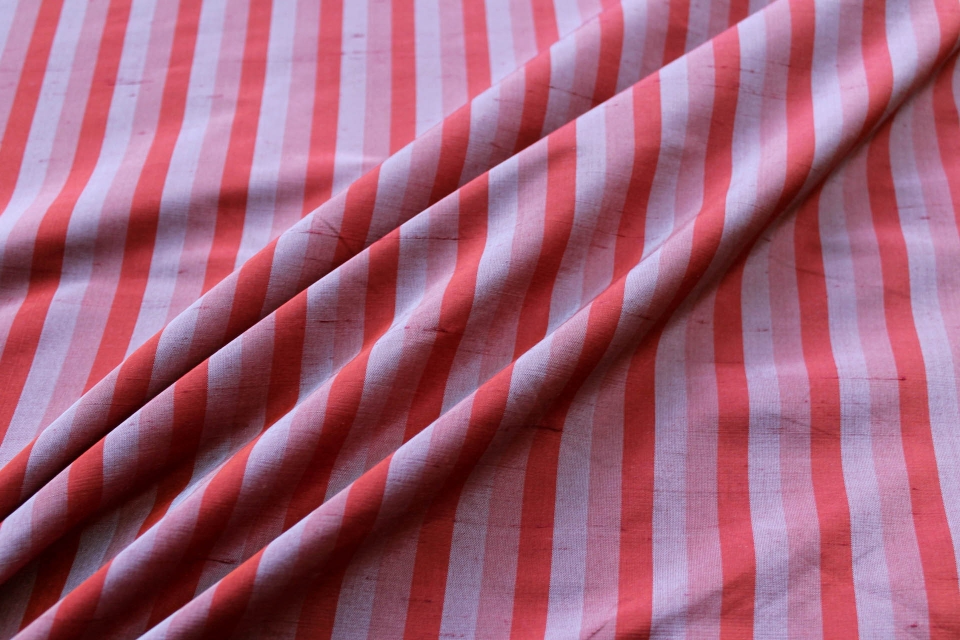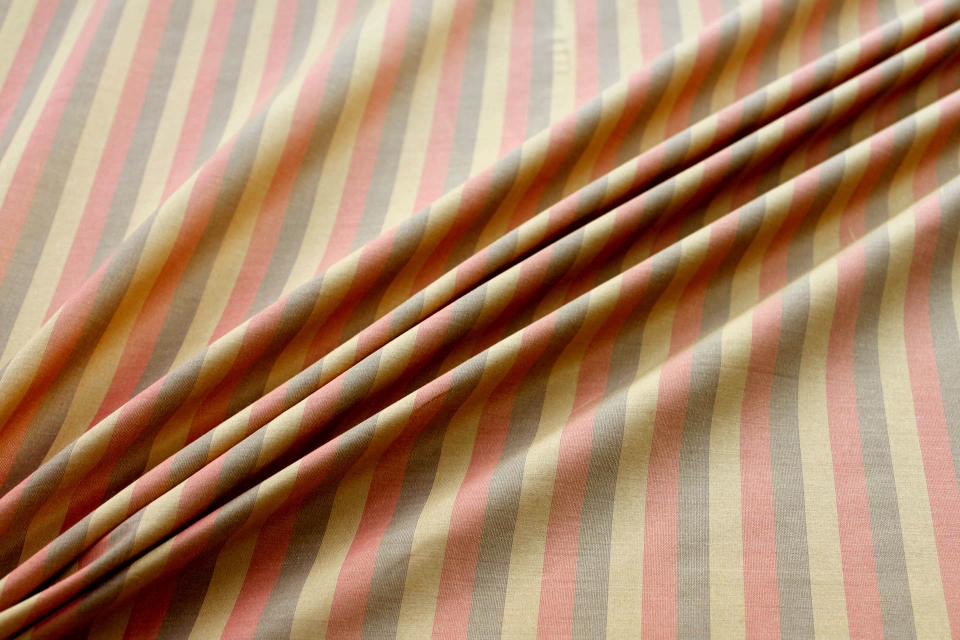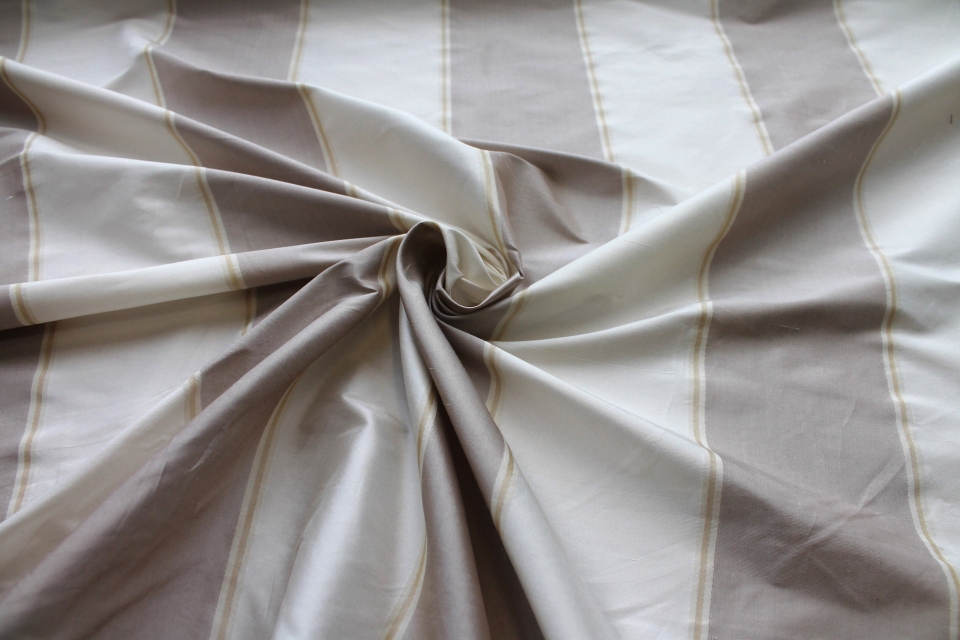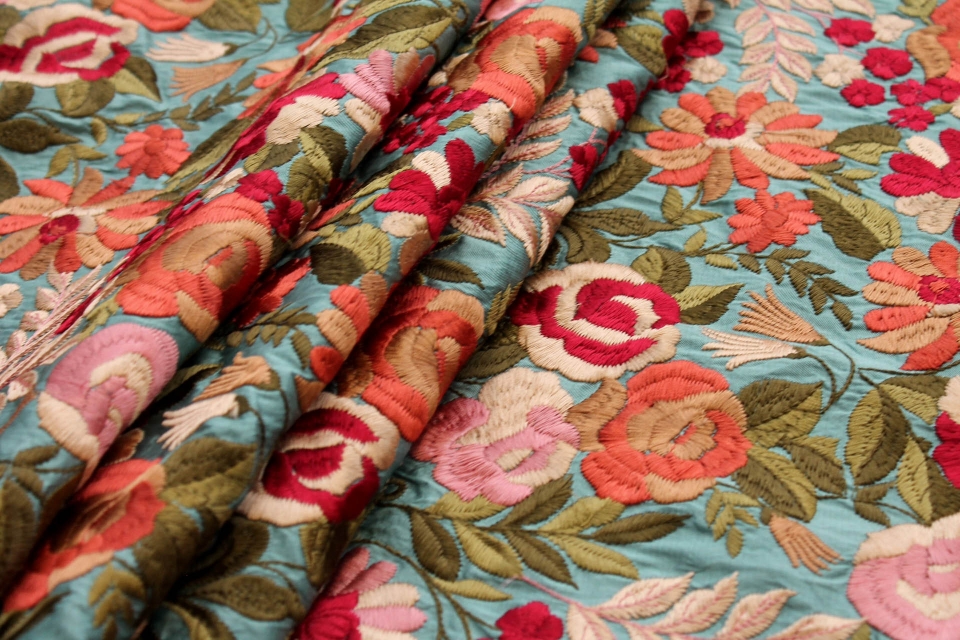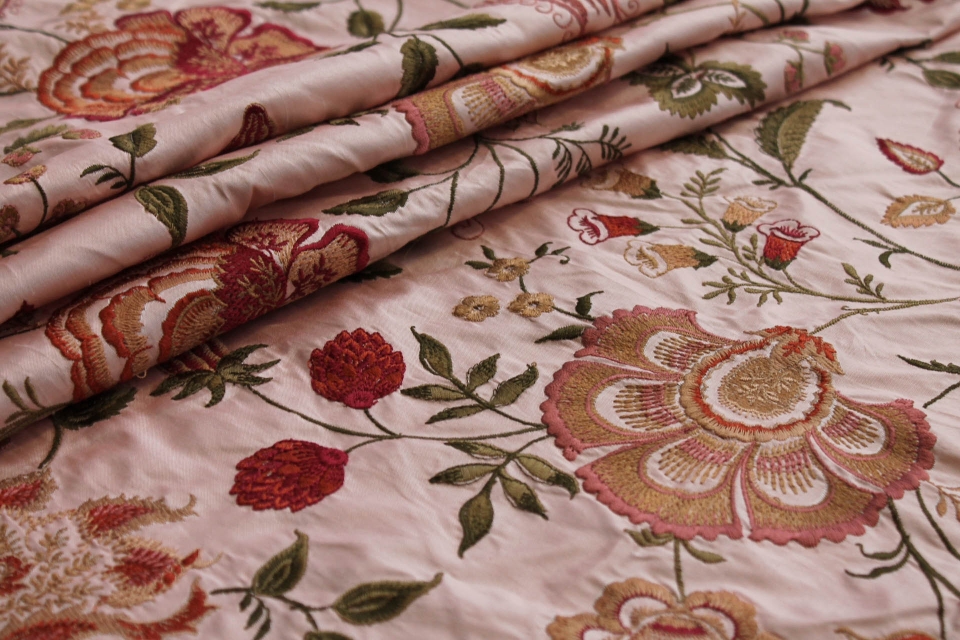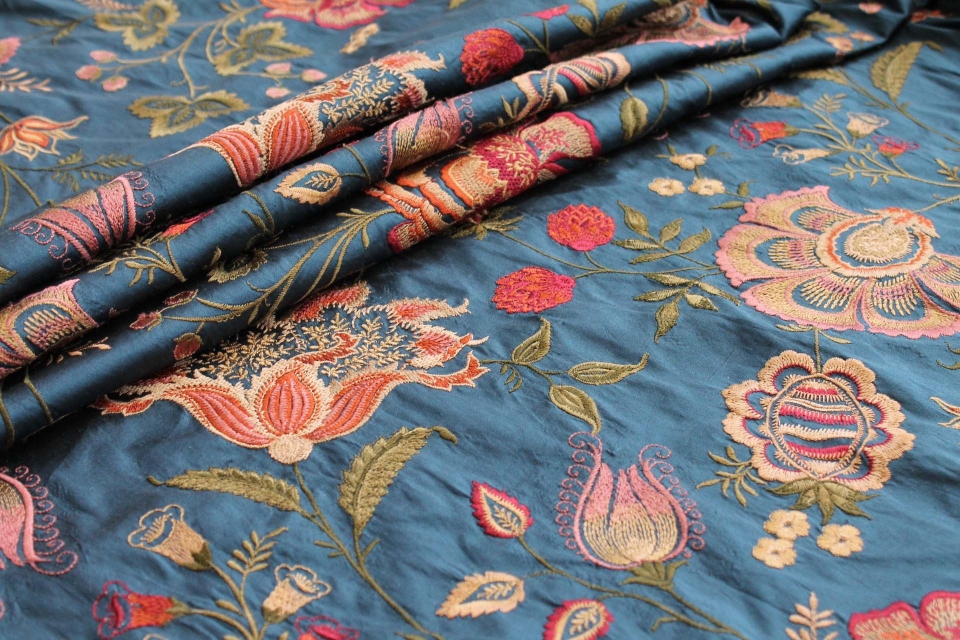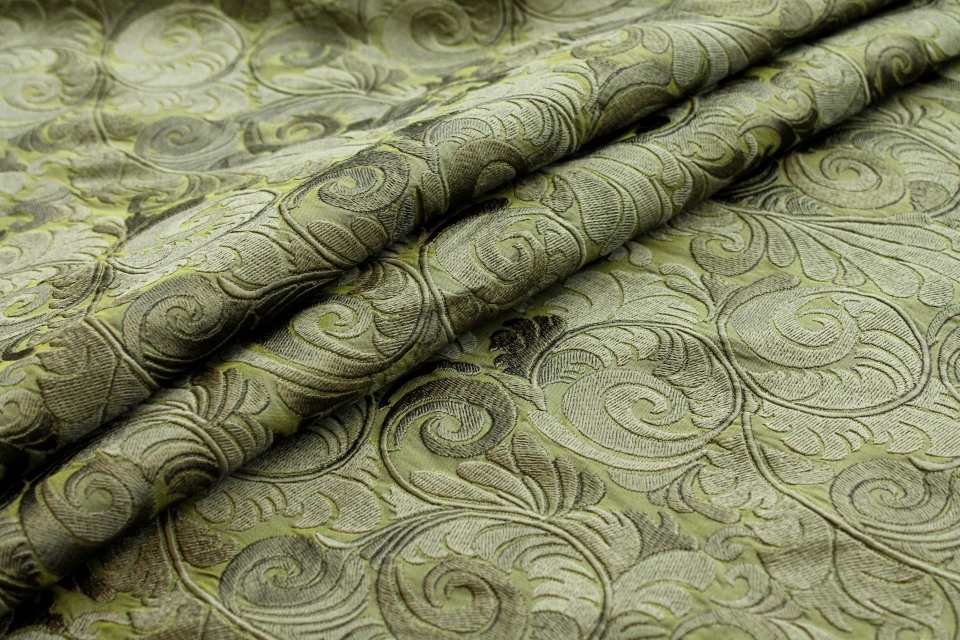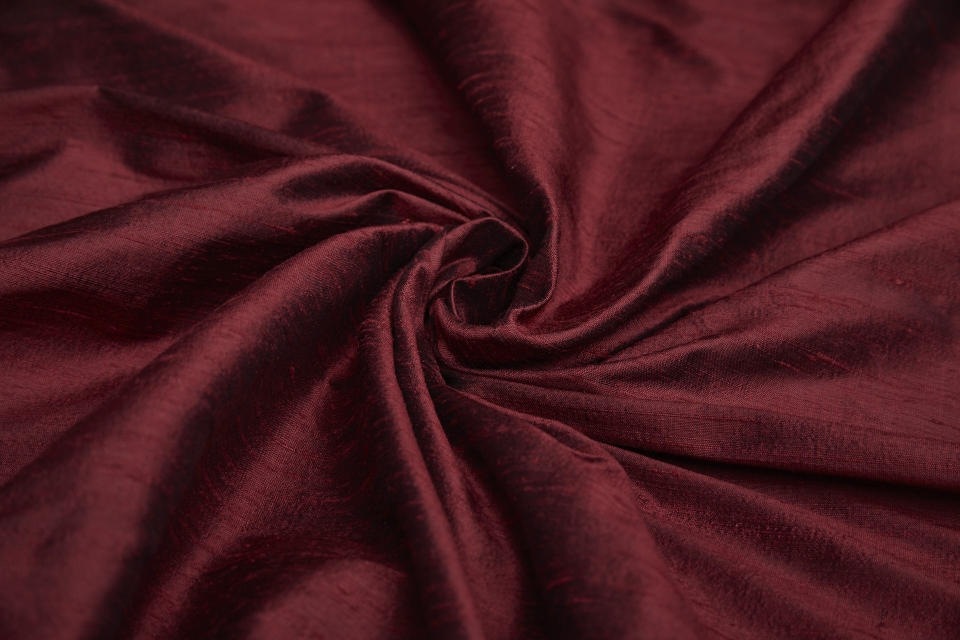We use cookies to make your experience better. To comply with the new e-Privacy directive, we need to ask for your consent to set the cookies. Learn more.
Silk Dupion Fabric
Silk dupion (also known as dupioni or douppioni) is a luxurious and textured fabric, widely appreciated for its unique characteristics and rich appearance. Silk dupion has a distinctive sheen, often displaying iridescent colors due to the weaving process. It has a natural luster that enhances its elegant appearance. We also have plain silk dupion and metallic silk dupion.
Silk Dupion Fabric - Everything you need to know
Silk dupion (also known as dupioni or douppioni) is a luxurious and textured fabric that is widely appreciated for its unique characteristics and rich appearance. Here is everything you need to know about silk dupion fabric:
Characteristics of Silk Dupion:
-
Texture and Appearance:
- Crisp and Iridescent: Silk dupion has a crisp texture and a distinctive sheen, often displaying iridescent colors due to the weaving process.
- Slubs and Nubs: Features characteristic irregularities known as slubs, which are small lumps in the fabric, giving it a textured and rustic look.
- Lustrous Finish: Has a natural luster that enhances its elegant appearance.
-
Weave and Fiber Content:
- Plain Weave: Typically woven in a plain weave, using different colors of threads in the warp and weft, creating a shimmering effect.
- Natural Silk: Made from silk fibers, often created from the double cocoons of silkworms, resulting in the slubby texture.
Working with Silk Dupion:
-
Handling:
- Firm Hand: Despite its crispness, silk dupion is relatively easy to handle compared to more delicate silks.
- Pins and Clips: Use sharp, fine pins or fabric clips to avoid leaving noticeable holes or marks.
-
Cutting:
- Sharp Tools: Use sharp scissors or a rotary cutter to ensure clean edges.
- Stabilizing: Stabilize the fabric with tissue paper or a lightweight interfacing if necessary to prevent shifting.
-
Sewing:
- Needles: Use a fine needle (size 70/10 or 80/12) to prevent snags.
- Stitch Length: Use a standard stitch length (2.5-3 mm) for best results.
- Seams: Finish seams with pinking shears, overlocking, or French seams to prevent fraying. Zigzag or serged edges can also be effective.
- Interfacing: Use lightweight interfacing to reinforce areas that require structure, such as collars and cuffs.
-
Pressing:
- Medium Heat: Use a medium heat setting and a pressing cloth to protect the fabric's surface.
- Steaming: Steaming can help remove wrinkles and maintain the fabric's shape without direct contact.
Maintenance:
-
Cleaning:
- Dry Cleaning: Recommended to maintain the fabric’s integrity and prevent damage.
- Hand Washing: If hand washing, use cold water and a mild detergent, and handle gently to avoid damaging the fabric.
-
Storing:
- Hanging or Rolling: Store garments made of silk dupion by hanging them to avoid wrinkles, or roll them gently to prevent creases.
- Cool, Dry Place: Keep in a cool, dry place away from direct sunlight to prevent fading and deterioration.
Usage:
-
Fashion:
- Formal Wear: Popular for bridal gowns, evening dresses, and special occasion outfits due to its luxurious appearance and structured drape.
- Suits and Jackets: Used for tailored suits and jackets where a crisp, structured look is desired.
-
Home Décor:
- Draperies and Curtains: Adds elegance to home décor, especially in draperies and curtains.
- Cushions and Upholstery: Used for decorative cushions and light upholstery projects.
Benefits:
- Luxurious Appearance: Offers a rich and sophisticated look with its natural sheen and textured finish.
- Versatility: Suitable for a wide range of applications from fashion to home décor.
- Durability: More durable than many other types of silk due to its crispness and firmness.
Challenges:
- Slubs: The natural slubs can be seen as imperfections by some, although they are a hallmark of the fabric’s unique character.
- Fraying: Can fray easily, so proper seam finishing is essential.
- Cost: Pure silk dupion can be expensive, reflecting its quality and the complexity of its production.
By understanding these characteristics and handling techniques, you can effectively use silk dupion in your sewing and design projects, ensuring beautiful and professional results.





